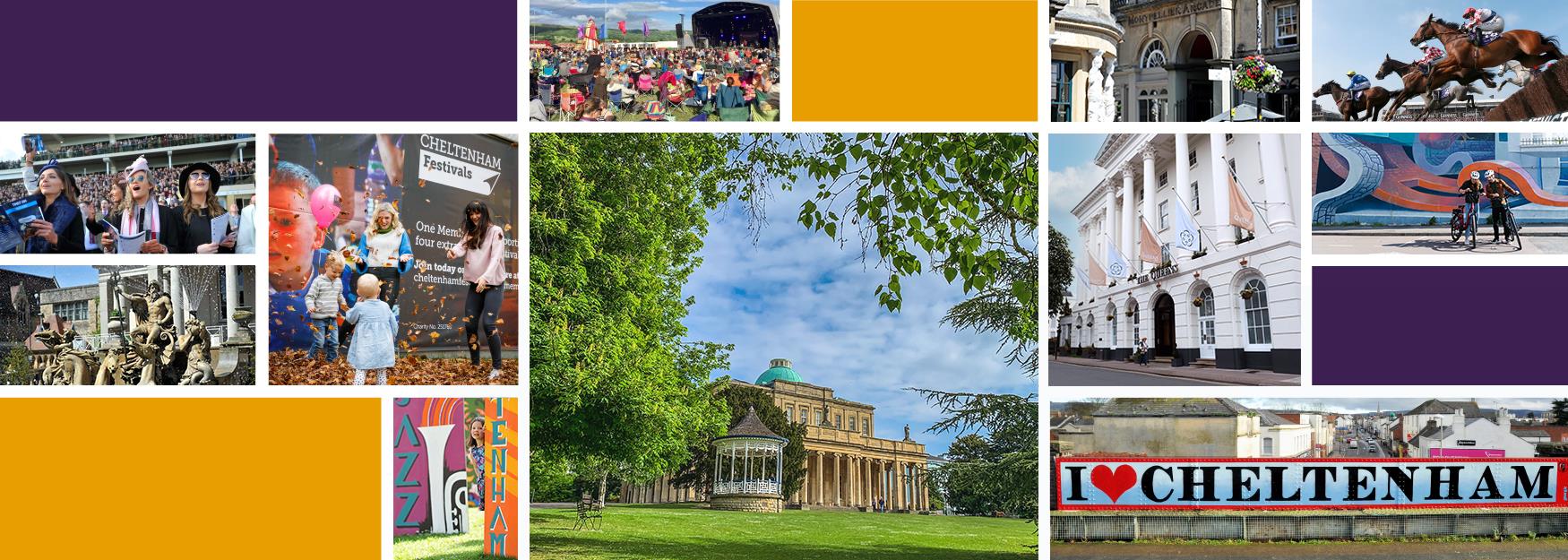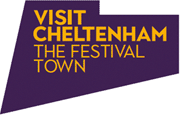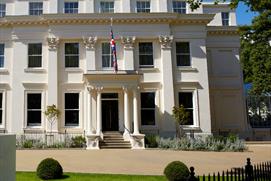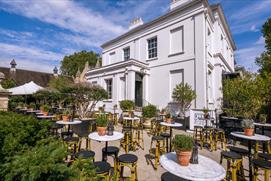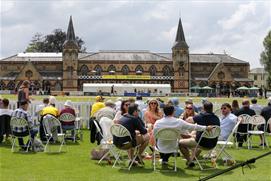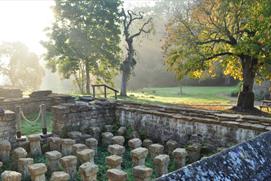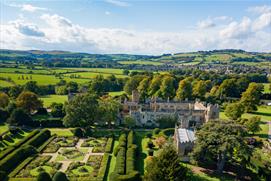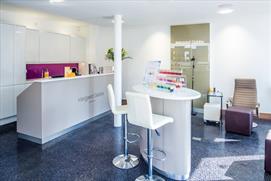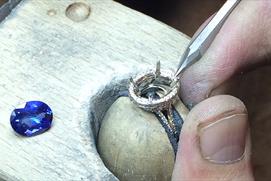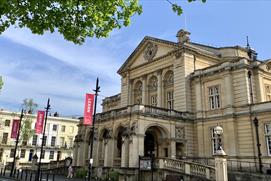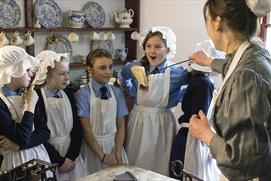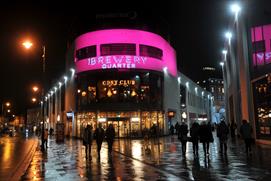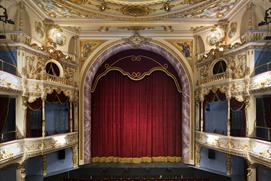You are here: Inspire Me > Regency Cheltenham
Regency Cheltenham
Welcome to Cheltenham: Britain's most complete Regency town...
The Regency period officially lasted between 1811 and 1820, when King George III was deemed unfit to rule and was succeeded by his son George IV as Prince Regent. Architecturally however, the lines are much more blurred, with 'Regency' style construction extending before and after the official Regency era. Cheltenham is home to a plethora of traditional Regency-style buildings, which are easily spotted around the town.
Due to the size, number and frequency of the Regency style buildings in Cheltenham, we have been dubbed 'Britain's most complete Regency Town'. From our iconic Pittville Pump Room which stands grandly at the head of a sweeping lawn, to the shopping District of Montpellier with the gorgeous fluted columns and Carytids there is plenty of Regency on offer. As well as offering insight into the life of The Planets composer Gustav Holst, the very special Holst Victorian House also offers a unique and well-preserved insight into Regency life, with a perfectly preserved Regency living room, complete with original wood block printed wallpaper.
Interestingly, Cheltenham owes its status and rapid expansion to pigeons (!) and the start of King George III’s illness. Where the Cheltenham Ladies College now stands, there was once farmland, which was purchased by William Mason – a local farmer; he noticed that a flock of pigeons were congregating at a small surface spring. Eyeing the success of ‘health resorts for the wealthy’ in the spa towns of Bath and Tunbridge Wells, the enterprising farmer dug out the spring, fenced it off, built a thatched hut and charged the public for glasses of mineral water in a moderately successful business venture. Mason was succeeded by his daughter and son-in-law Henry Skillicorne, who continued to grow the ‘spa’ before, in 1788, King George suffered a bilious attack and was recommended to partake of the Cheltenham waters by his Doctor.
From there, the popularity of Cheltenham boomed, and demand for accommodation saw lodging houses pop up and new spas open. Balls, concert, card games and billiards became the fashion, and Cheltenham sought to capitalise, adding parks with bandstands and walks and rides for visitors to ‘Promenade’ and be seen. Cheltenham's motto was born Salubritas et Eruditio - "Health and Education" - and educational facilities for the wealthy began to appear too. So dawned the Regency Period, and perhaps one of the most exciting and advantageous periods of Cheltenham’s history…



 to add an item to your itinerary basket.
to add an item to your itinerary basket.



.png)

